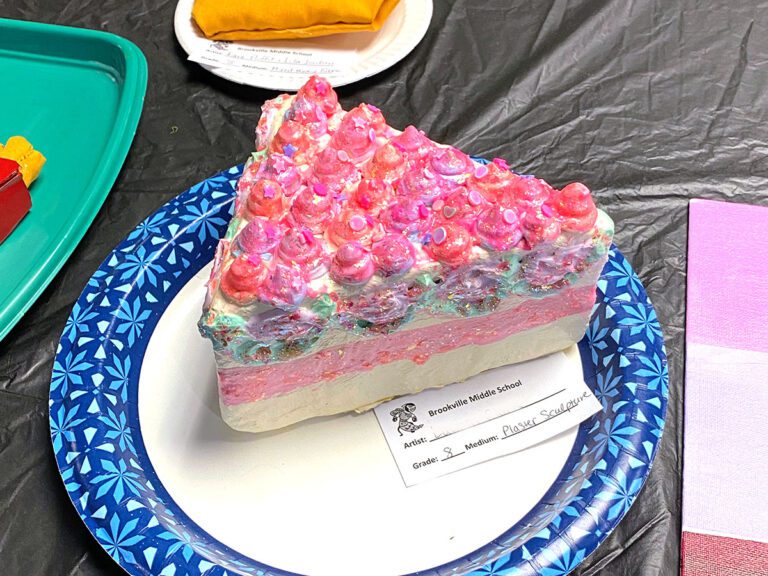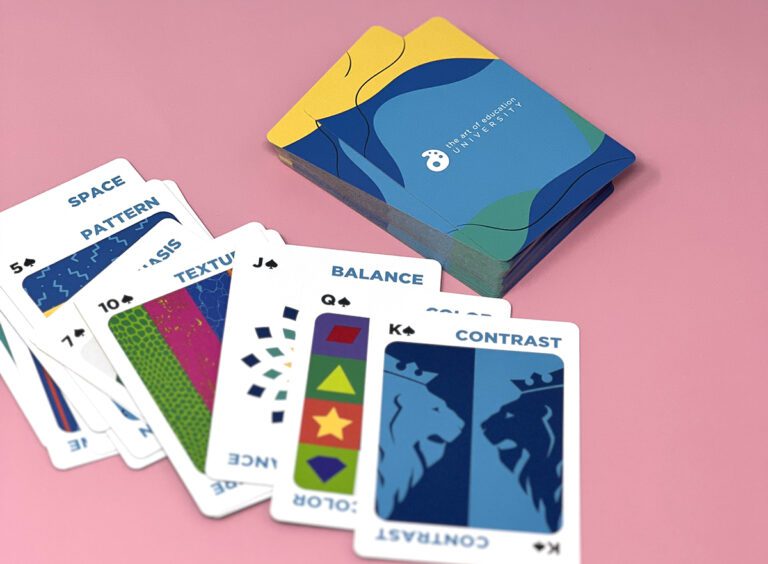Art teachers have a tough job. We are constantly having to explain the lines between crafting and creating. Many of us cringe at the phrase, “How cute!” when someone reacts to student work. “No!” we think, “You’re supposed to say, ‘How creative!'”
At the elementary level, it’s particularly difficult to figure out just where to stand. On one hand, creating a project about a specific holiday or season has the air of “selling out.” On the other, using a holiday or season to anchor a project can give great meaning to students’ work.
There are plenty of reasons for the merits of a seasonal theme. Here are 4.
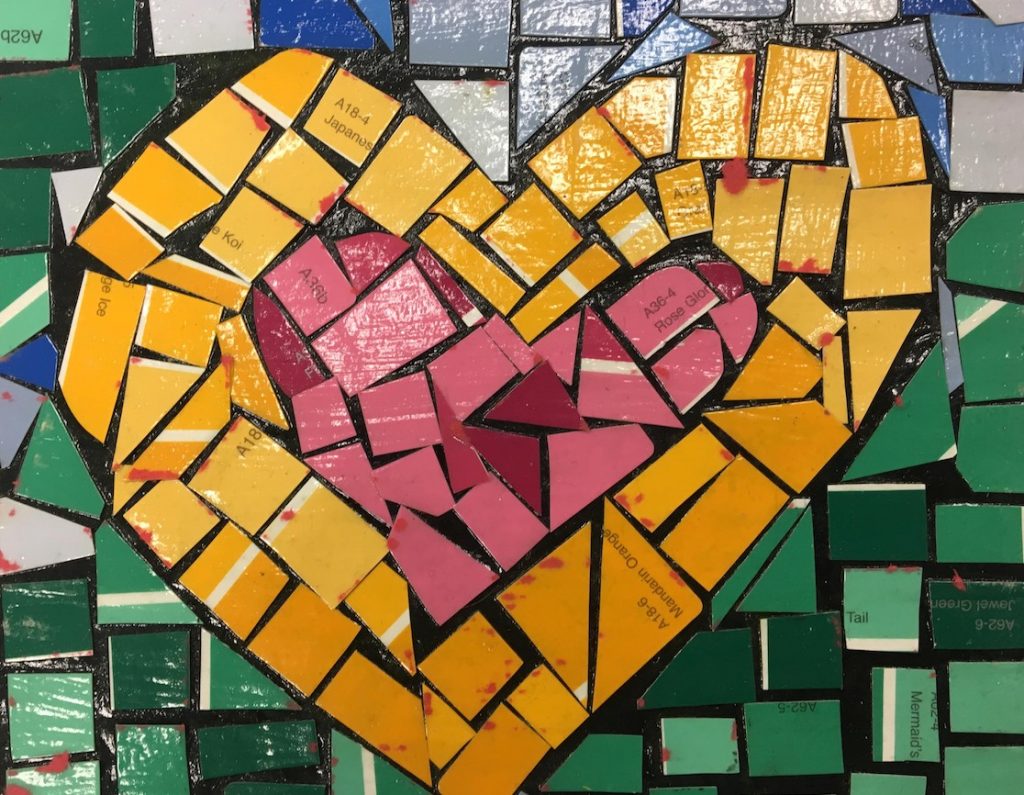
1. They are immediately relatable for students.
What better way to hook students than to start with something familiar? It’s much easier for them to “buy in” to something new if they can relate to the subject matter. And if students feel comfortable, they will be more willing to try out new materials and techniques.
For example, if you are trying watercolors with your students for the first time in February, why not use a theme like hearts? Students might create warm and cool watercolor hearts. Or, they may create a series of hearts using a variety of watercolor techniques.
Students will get to practice with the new materials and connect to their background knowledge at the same time. In this way, they create new meaning, which is creative practice at work.
2. They foster community engagement.
No doubt about it, a great student artwork display will speak better for your program than you ever could. Using a theme or subject matter that you know will make a stunning showcase is nothing to be ashamed of.
Let’s be real – Themed art displays are perfect for conferences and school-wide events. You don’t have to feel guilty about doing a “pumpkin painting” in fall. Instead, think of the advocacy opportunities and conversation starters it may bring from the community who cares about your students.
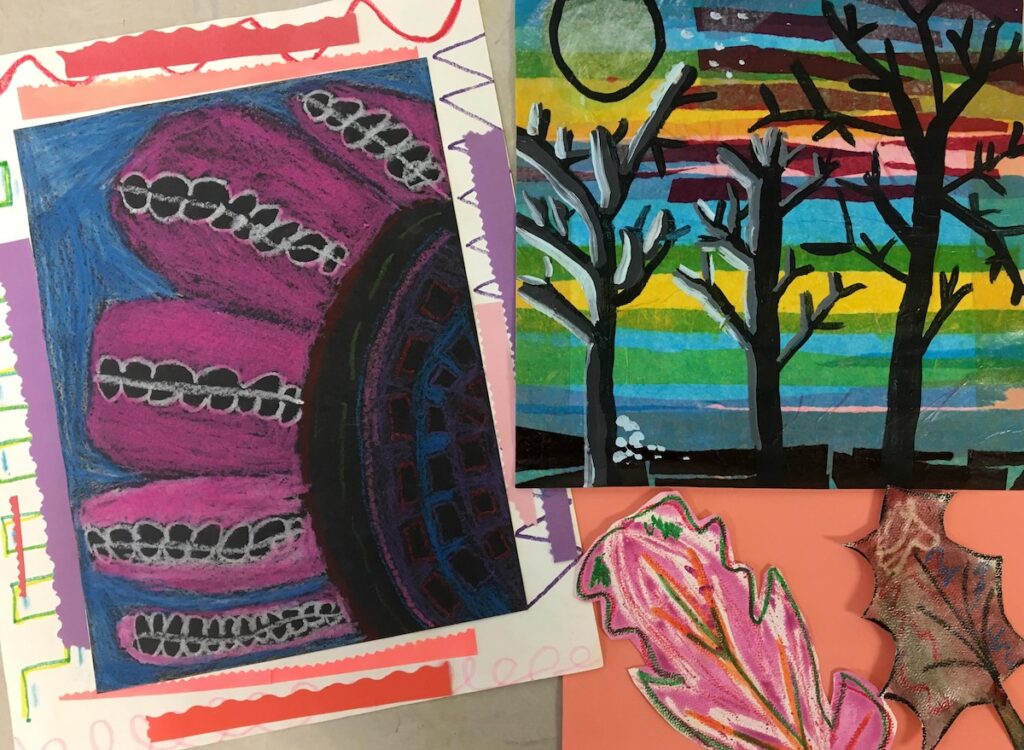
3. They bring together art and craft.
A seasonal project can show that creative artmaking and craft materials can co-exist. Art education is about the practice of creativity. And you can foster creativity with a wide variety of materials. Do you have a seasonal project to do inspired by a recycled material that’s been donated to your art room? Then go for it!
4. They help with planning and organization.
Having a few seasonal projects you do each year can help you better organize your materials. For instance, if the giant spring oil pastel flowers you did with fourth-graders are successful, do them again the next year. It’s okay to press the “easy” button a time or two during the year. In other words, “Don’t fix what isn’t broken” as the saying goes.
Of course, you are always reflecting and bettering your teaching. But as long as you are tweaking and adjusting for your current students, repeating a successful lesson can certainly be included in best practice.
Inspired to use a seasonal theme? Here are some ideas and artist connections to get you started.
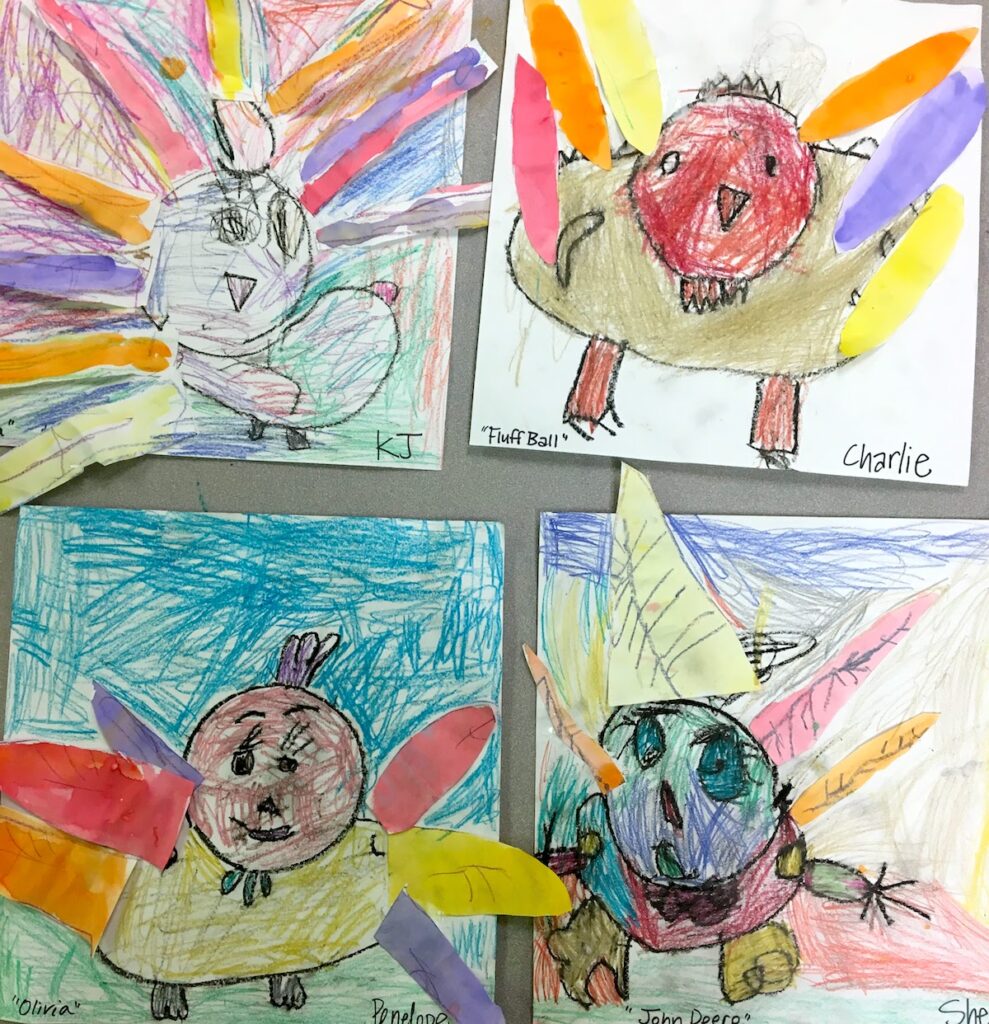
FALL
- Monsters
These be scary or just plain goofy, but monsters are very reliable to artists both young and old. Check out the work of Thryza Segal for some monster and critter inspiration. - Leaves
Andy Goldsworthy is the ultimate environmental artist. Check out how he uses leaves to make art and statements about the natural world. - Apples
The start of school and teaching can bring visions of apples to many in the fall. Talk about the ultimate example for the study of line, color, and shape. Take a look at still-life work by Paul Cezanne for inspiration.
WINTER
- Trees
Trees without their leaves are particularly stunning in winter. Show your students the trees by Piet Modrain before you dive into a landscape painting. You can almost feel how cold it is outside. - Hearts
Obvious enough, but February is a month filled with love. Why not make something heARTsy and look at the work of Jim Dine, Chris Uphues, and JGoldcrown.
SPRING
- Flowers
Young artists love flowers, especially if they are encouraged that their flowers do not have to be “perfect.” The classic examples of flower study go to Georgia O’Keefe and Vincent Van Gogh. - Bugs
Like monsters, those creepy crawly things connect very well to young artists and can be taken in many different directions. Eric Carle’s relatable picture books and collages make for wonderful project inspiration.
A good art educator can balance between the threshold of cutesy crafty and purely creative. While using a common theme or subject matter, you can encourage students to make truly original artwork and not some cookie-cutter product. Do not shy away from what you think is a worthwhile practice in creativity because “it has already been done.” You have the ability to legitimize and give artistic connections to everything your students do.
Are there themed projects that you do annually with your students?
What are the merits of using a theme in your classroom?
Magazine articles and podcasts are opinions of professional education contributors and do not necessarily represent the position of the Art of Education University (AOEU) or its academic offerings. Contributors use terms in the way they are most often talked about in the scope of their educational experiences.




